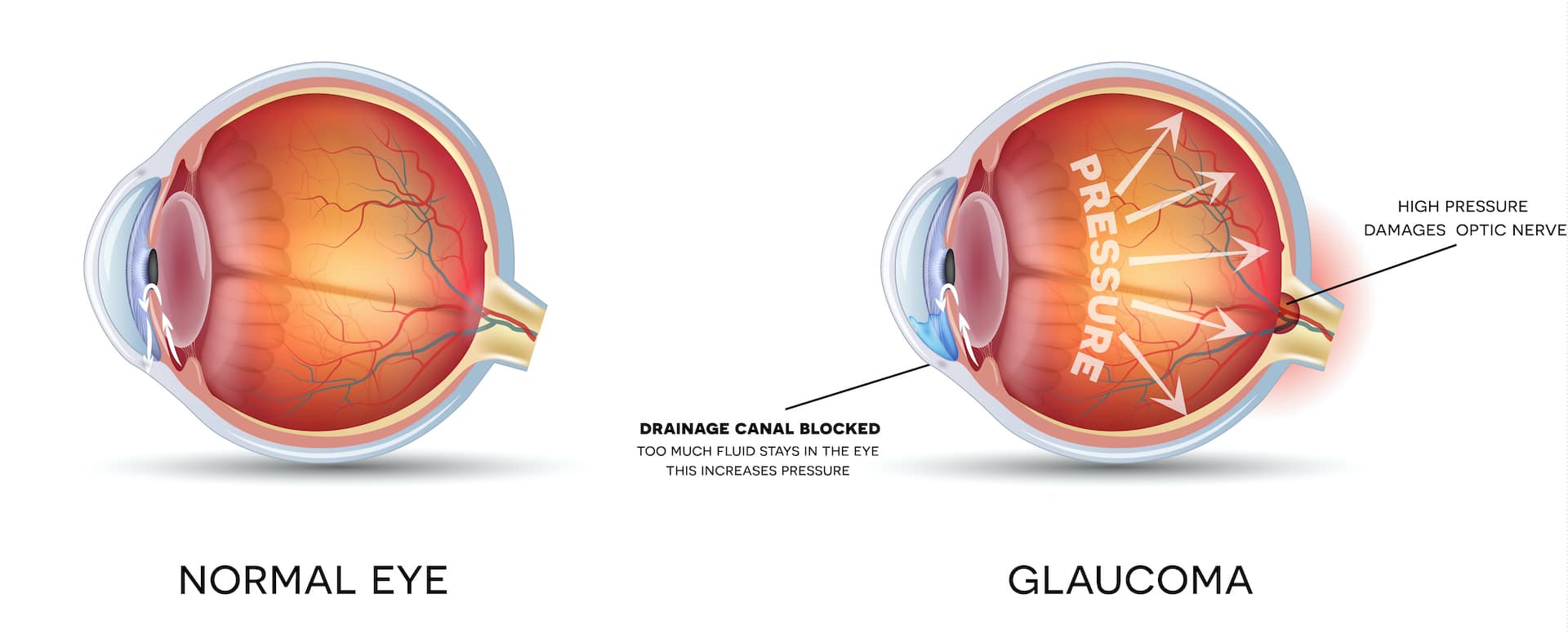Experienced Retina Service Near Me: Comprehensive Eye Care Solutions
Experienced Retina Service Near Me: Comprehensive Eye Care Solutions
Blog Article
Recognizing the Different Vision Adjustment Procedures Available for Clearer Sight
In the realm of vision correction procedures, a multitude of alternatives exist to resolve refractive errors and provide individuals with more clear sight. From the extensively identified LASIK surgery to much less intrusive treatments like PRK and implantable lenses, the area of ophthalmology provides a variety of methods tailored to fit various requirements and choices. Each procedure features its very own set of factors to consider, benefits, and possible threats. Understanding the nuances of these vision modification methods is important for making notified choices regarding one's visual health and wellness. Allow's explore the complexities of these procedures and dropped light on the path to achieving improved vision clarity.
LASIK Surgical Procedure
LASIK surgical procedure is a common refractive procedure used to correct vision problems such as astigmatism, farsightedness, and nearsightedness - refractive surgeries in al. This medical technique, which means Laser-Assisted in Situ Keratomileusis, aims to improve the cornea to improve how light is concentrated on the retina, inevitably improving vision clearness. During the treatment, a thin flap is produced on the cornea, and a laser is made use of to eliminate precise quantities of cells to improve it properly. This reshaping enables light to be precisely concentrated onto the retina, correcting refractive mistakes.
One of the primary advantages of LASIK surgical procedure is the rapid renovation in vision experienced by patients. Generally, LASIK surgical procedure is a preferred selection for individuals seeking a long-lasting service for their vision issues.
PRK Procedure
While additionally an usual refractive procedure, the PRK (Photorefractive Keratectomy) strategy varies from LASIK surgical treatment in its approach to dealing with vision problems. In PRK, instead of creating a flap on the cornea, the external layer of the cornea, called the epithelium, is completely eliminated. This enables the laser to improve the cornea to remedy refractive mistakes such as astigmatism, nearsightedness, and farsightedness straight on the surface.

Despite the longer healing time, PRK can produce excellent cause vision improvement, making it a useful choice for those who may not appropriate candidates for LASIK surgical treatment.
Implantable Lenses
As opposed to PRK where the cornea is improved directly, implantable lenses supply another approach for dealing with vision by putting artificial lenses inside the eye. This procedure is especially beneficial for individuals with high degrees of astigmatism, nearsightedness, or farsightedness who might not be ideal prospects for laser surgical procedures like LASIK or PRK.
Implantable lenses, likewise referred to as phakic intraocular lenses, job by supplementing the eye's natural lens with a fabricated one. glaucoma service near me. These lenses can be placed in front of the natural lens (anterior chamber) or behind the iris and in front of the all-natural lens (posterior chamber) By readjusting the power and positioning of these lenses, ophthalmologists can effectively deal with refractive mistakes and improve visual acuity
One benefit of implantable lenses is that they are exchangeable and detachable, giving adaptability for future modifications. As with any kind of surgical treatment, there are threats involved, such as infection or cataract formation. Clients considering implantable lenses must consult with an eye treatment specialist to determine the most suitable alternative based on their private needs and eye health and wellness.
Corneal Rings
Corneal rings, also recognized as intracorneal ring sections, are little, clear devices put right into the cornea to remedy vision distortions such as keratoconus. Keratoconus is a problem where the cornea thins and bulges exterior, triggering vision to become distorted. The insertion of corneal rings helps to squash the cornea, improving visual acuity and reducing the irregular astigmatism created by look at more info keratoconus.
The treatment for placing corneal rings is reasonably fast and minimally invasive, often performed as an outpatient procedure. Throughout the surgery, the eye doctor makes a tiny cut in the cornea and inserts the rings at a certain depth. When in place, the rings help to improve the cornea, giving a smoother surface area for light to enter the eye, which can cause clearer vision.
Corneal rings are taken into consideration a relatively easy to fix treatment, as they can be eliminated or replaced if necessary. glaucoma service near me. While they might not completely eliminate the requirement for glasses or contact lenses, corneal rings can considerably boost vision high quality and general aesthetic comfort for individuals with keratoconus or various other corneal abnormalities
Refractive Lens Exchange
Complying with the improvement of corneal irregularities with treatments like corneal rings, another vision adjustment strategy that can resolve refractive mistakes is Refractive Lens Exchange (RLE) RLE is a surgical procedure that includes changing the eye's all-natural lens with a synthetic intraocular lens (IOL) to remedy refractive mistakes such as presbyopia, farsightedness, and nearsightedness. This procedure is especially helpful for people that may not be appropriate candidates for treatments like LASIK or PRK due to variables such as thin corneas or high refractive errors.

Verdict
In verdict, there are numerous vision adjustment treatments readily available to aid people accomplish more clear sight. LASIK surgical procedure, PRK treatment, implantable lenses, corneal rings, and refractive lens exchange are all alternatives that can resolve various vision issues.
In the world of vision correction treatments, a multitude of alternatives exist to resolve refractive mistakes and supply individuals with clearer view.LASIK surgical treatment is a typical refractive procedure made use of to deal with vision problems such as astigmatism, farsightedness, and nearsightedness.While additionally a typical refractive procedure, the PRK (Photorefractive Keratectomy) strategy differs from LASIK surgery in its technique to fixing vision problems.Complying with the modification of corneal irregularities with treatments like corneal rings, one more vision adjustment technique that can address refractive mistakes redirected here is Refractive Lens Exchange (RLE) LASIK surgery, PRK procedure, implantable lenses, corneal rings, and refractive lens exchange are all options that can attend to different vision concerns.
Report this page